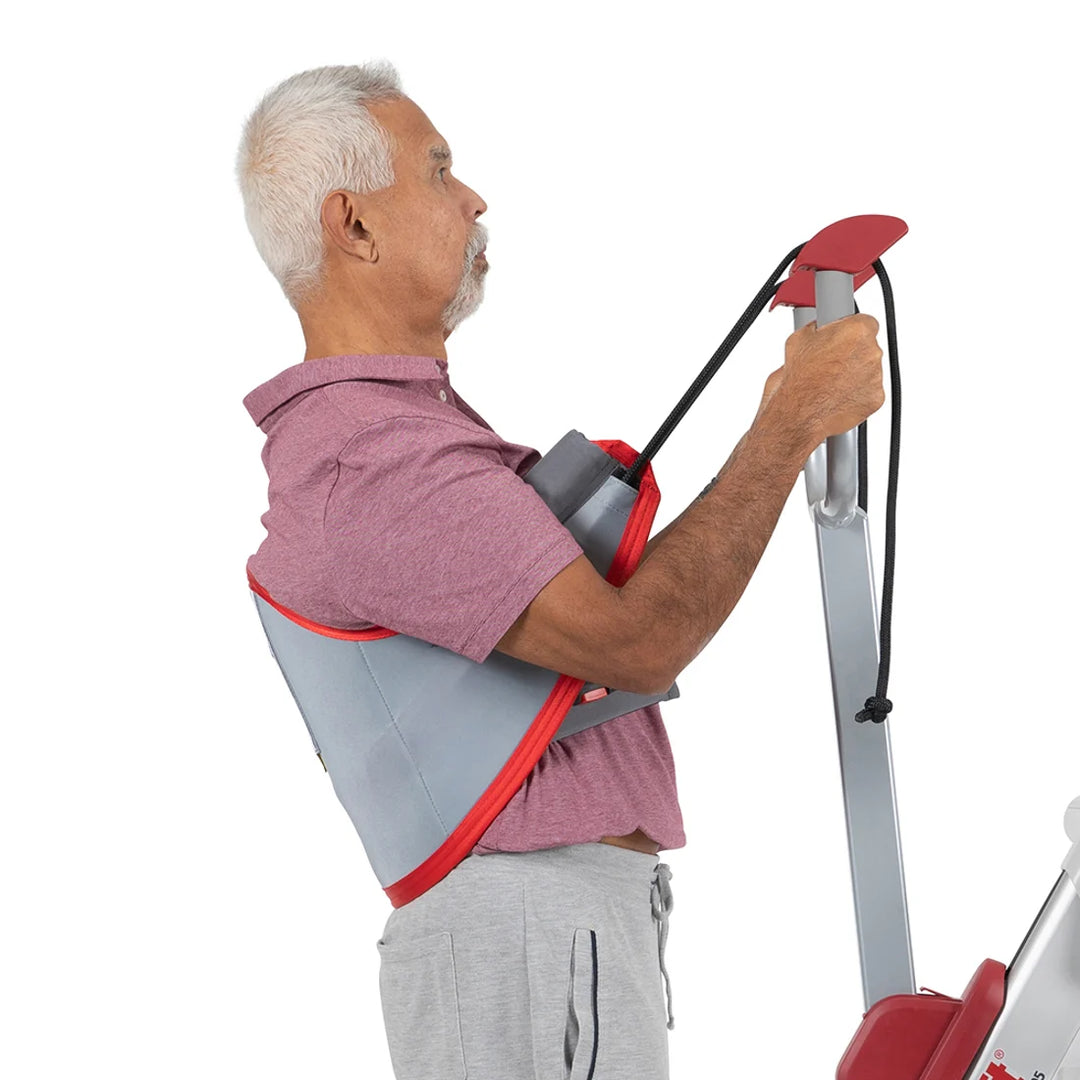How Clear Aligners Can Boost Your Confidence at Work and in Life: The Honest Truth How Clear Aligners Can Boost Your Confidence at Work and in Life: The Honest Truth
A confident smile can change everything the way you speak, how you carry yourself, and even how others perceive you. For many adults, crooked or misaligned teeth can make them feel self-conscious in both personal and professional settings. Thankfully,
offer a modern and discreet way to straighten teeth without the metal brackets or wires that often draw attention.
But here’s the real question: how exactly can clear aligners transform not just your smile, but your overall confidence at work and in life? Let’s dive into the honest truth behind this life-changing orthodontic solution.
The Power of a Confident Smile
Your smile is one of the first things people notice about you. Whether you’re presenting at a meeting, interviewing for a promotion, or socializing with friends, a healthy, confident smile can leave a lasting impression.
Many adults hesitate to get braces because they associate them with teenage years or fear they’ll look unprofessional. That’s where
and other types of
come in. These clear trays fit snugly over your teeth, making them virtually undetectable so you can smile freely without worrying about how you look.
When you feel confident in your appearance, it naturally enhances your self-esteem. You communicate better, project authority, and connect with people more easily all vital in today’s fast-paced, appearance-conscious world.
How Clear Aligners Improve Confidence at Work
- You Speak and Smile with Ease
Professional settings often require communication whether it’s meetings, client calls, or presentations. Misaligned teeth or a smile you’re embarrassed to show can hold you back. With clear aligner treatment, you can straighten your teeth discreetly, so you don’t have to hide your smile behind your hand or avoid eye contact. - They’re Practically Invisible
One of the biggest benefits of Invisalign treatment is its transparency. Unlike traditional braces, there are no wires or brackets to distract from your appearance. This subtlety allows you to maintain a professional image and carry yourself confidently in every interaction. - Minimal Disruption to Your Routine
Working professionals appreciate convenience. Clear aligners can be easily removed when you need to eat, brush, or attend a special meeting making them fit seamlessly into your lifestyle. No dietary restrictions, no awkward adjustments just comfort and flexibility. - Better Oral Health Leads to Better Confidence
Straight teeth are easier to clean and maintain, reducing the risk of gum disease or bad breath two common confidence killers. With healthier teeth, you’ll feel more comfortable speaking, smiling, and engaging with people in any environment.
Confidence Beyond the Workplace
Clear aligners don’t just transform your professional life they have a ripple effect on your personal well-being too.
When you’re proud of your smile, you naturally feel more positive in social settings. You laugh more, take more photos, and feel more open to meeting new people. Patients who complete their Invisalign braces journey often say that the transformation goes beyond physical appearance it’s an emotional and psychological boost.
Even subtle changes in your smile can make you feel like a better version of yourself. And because Invisalign aligners gradually improve your teeth alignment, you’ll notice improvements week by week, reinforcing your self-confidence as you progress.
The Emotional Impact of a Straight Smile
Confidence is deeply connected to self-image. When you feel good about your smile, you tend to take better care of yourself in other ways too. You might speak up more in meetings, smile more in conversations, and even feel more energized at work.
The beauty of clear aligners lies in how seamlessly it blends into your daily life while delivering transformative results. Over time, as your teeth shift into alignment, you’ll notice subtle boosts in your posture, self-expression, and comfort in social situations.
Final Thoughts: Invest in Your Smile, Invest in Yourself
Your smile is more than just a physical feature it’s a reflection of your confidence, your energy, and your personality. With Invisalign aligners and clear aligner treatment, achieving that dream smile no longer requires years of visible braces or lifestyle changes.
At work, your improved confidence can open doors to new opportunities. In life, it can make you feel freer, happier, and more authentic. The honest truth is simple: clear aligners don’t just straighten teeth they empower people to live boldly and smile without hesitation.
Ready to take the first step toward your transformation? Schedule a consultation with your orthodontist today to discuss Invisalign aligners, treatment options, and how clear aligners can give you the radiant, confident smile you deserve.


